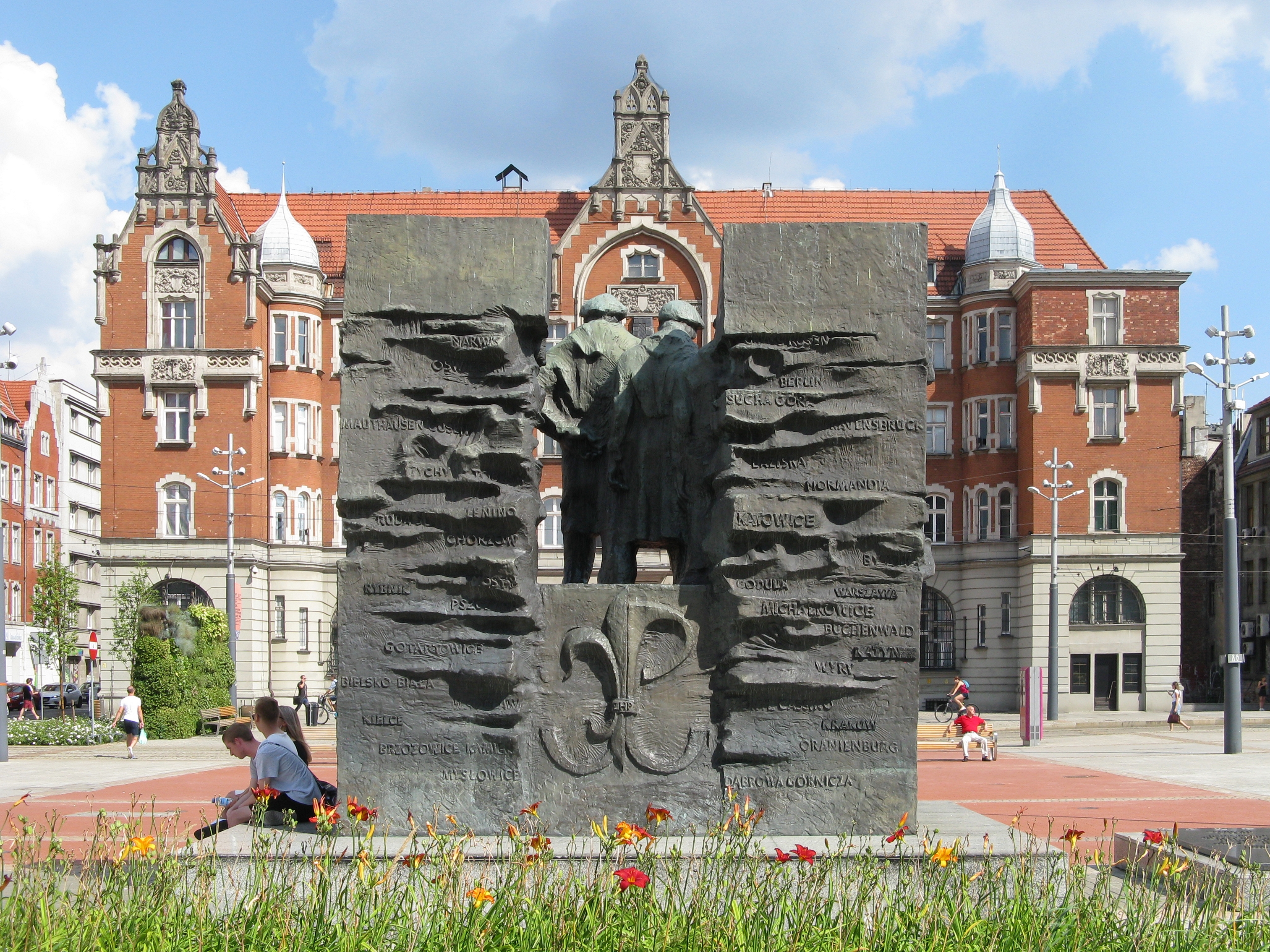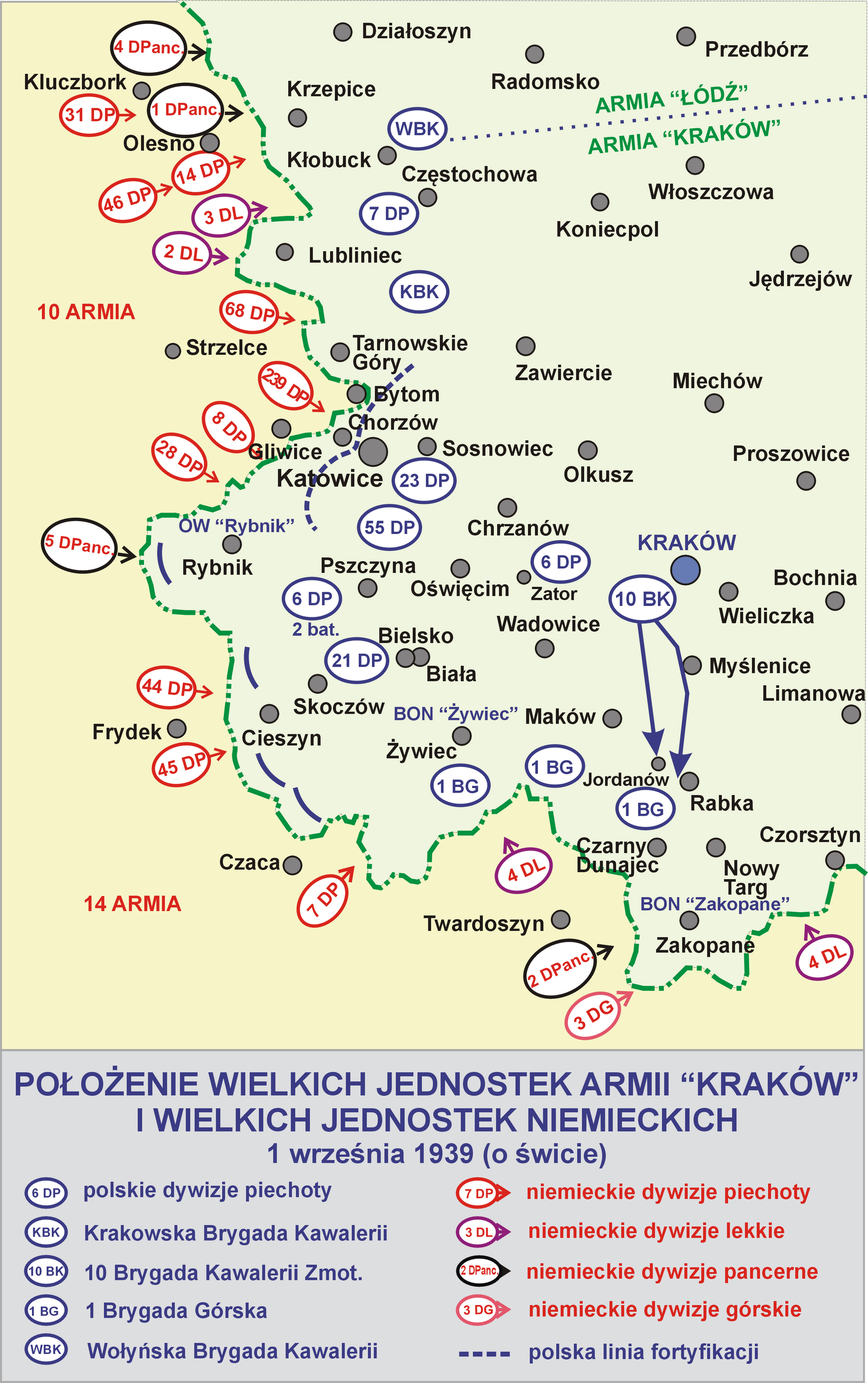|
Market Square In Katowice
Market Square in Katowice is a central feature of the Śródmieście district in the city of Katowice, Poland. This market square, the main one in the city, dates to the late 19th century. It has been rebuilt several times, with the latest round of changes currently in progress. During the communist era, some of the historic buildings were demolished to make way for modern service facilities. A characteristic feature of the square is a network of streetcar tracks, crossing the square in several directions. There are three squares within the marketplace: ''Kwiatowy'', ''Teatralny'', and ''Obrońców Katowic''. The Silesian Theatre is located there. In the 2010s the city has started to redesign the square. The Rynek, as understood by the Katowice authorities, is a central place and a showpiece of the city. ''Obrońców Katowic Square'' is a location of the Monument to the September Scouts. On the square and in the neighboring streets a hot-spot provides free wireless internet ... [...More Info...] [...Related Items...] OR: [Wikipedia] [Google] [Baidu] |
Market Square
The market square (or sometimes, the market place) is a square meant for trading, in which a market is held. It is an important feature of many towns and cities around the world.The World's Best Squares PPS website, Making Places, December 2005 A market square is an open area where market stalls are traditionally set out for trading, commonly on one particular day of the week known as ''market day''. A typical market square consists of a square or rectangular area, or sometimes just a widening of the main street. It is usually in the centre of the town, surrou ... [...More Info...] [...Related Items...] OR: [Wikipedia] [Google] [Baidu] |
Śródmieście, Katowice
Śródmieście ("city centre", German: Innenstadt) is a district (dzielnica) of the city of Katowice in southern Poland. It has an area of 3.81 km2 and in 2007 had 35,927 inhabitants. This is the most urbanized part of the city, home of Silesian Parliament, Silesian Museum and Silesian Library along with international companies like ING or CITI Bank. There are several consulates in the city centre. The master plan of Central Katowice was designed by Friedrich Wilhelm Grundman in the second half of the 19th century. Extensive city growth took place during the Industrial Revolution. The centre has the finest examples of Modernism such as International Style and Bauhaus. Central Katowice also contain a significant number of Art Nouveau (Secesja) buildings along with the Communist Era giants such as Spodek Spodek (meaning "saucer" in Polish language, Polish) is a multipurpose arena complex in Katowice, Poland, opened on 9 May 1971. Aside from the main dome, the complex inclu ... [...More Info...] [...Related Items...] OR: [Wikipedia] [Google] [Baidu] |
Poland
Poland, officially the Republic of Poland, is a country in Central Europe. It is divided into 16 administrative provinces called voivodeships, covering an area of . Poland has a population of over 38 million and is the fifth-most populous member state of the European Union. Warsaw is the nation's capital and largest metropolis. Other major cities include Kraków, Wrocław, Łódź, Poznań, Gdańsk, and Szczecin. Poland has a temperate transitional climate and its territory traverses the Central European Plain, extending from Baltic Sea in the north to Sudeten and Carpathian Mountains in the south. The longest Polish river is the Vistula, and Poland's highest point is Mount Rysy, situated in the Tatra mountain range of the Carpathians. The country is bordered by Lithuania and Russia to the northeast, Belarus and Ukraine to the east, Slovakia and the Czech Republic to the south, and Germany to the west. It also shares maritime boundaries with Denmark a ... [...More Info...] [...Related Items...] OR: [Wikipedia] [Google] [Baidu] |
Katowice
Katowice ( , , ; szl, Katowicy; german: Kattowitz, yi, קאַטעוויץ, Kattevitz) is the capital city of the Silesian Voivodeship in southern Poland and the central city of the Upper Silesian metropolitan area. It is the 11th most populous city in Poland, while its urban area is the most populous in the country and one of the most populous in the European Union. Katowice has a population of 286,960 according to a 31 December 2021 estimate. Katowice is a central part of the Metropolis GZM, with a population of 2.3 million, and a part of a larger Upper Silesian metropolitan area that extends into the Czech Republic and has a population of 5-5.3 million people."''Study on Urban Functions (Project 1. ... [...More Info...] [...Related Items...] OR: [Wikipedia] [Google] [Baidu] |
Market Square
The market square (or sometimes, the market place) is a square meant for trading, in which a market is held. It is an important feature of many towns and cities around the world.The World's Best Squares PPS website, Making Places, December 2005 A market square is an open area where market stalls are traditionally set out for trading, commonly on one particular day of the week known as ''market day''. A typical market square consists of a square or rectangular area, or sometimes just a widening of the main street. It is usually in the centre of the town, surrou ... [...More Info...] [...Related Items...] OR: [Wikipedia] [Google] [Baidu] |
Silesian Interurbans
Silesian Trams ( pl, Tramwaje Konurbacji Śląskiej) is one of the largest tram systems in the world and the largest and longest tram system in Poland, located entirely within the Silesian Voivodeship. Started as a part of the German Empire in 1894, the system currently has 677 stops across 29 lines and serves the region’s population inhabited by more than two million people. Silesian Trams is at the heart of a region known for its dense historical and current industrialisation (coal, coke, steel and other industries). Due to the deindustrialization since the 1990s and subsequent lack of investment, several branches were decommissioned in waves. The system runs on a mixture of on-street track shared with other traffic and reserved track sections segregated from other traffic. The network is spread over more than 50 kilometres (east-west axis) and covers thirteen towns in the Upper Silesia metropolitan area of southern Poland: Katowice, the capital town of the region, Będzin, ... [...More Info...] [...Related Items...] OR: [Wikipedia] [Google] [Baidu] |
Silesian Theatre
Silesian Theatre ( pl, Teatr Śląski) dedicated to Stanisław Wyspiański is the largest theatre in Silesia. It is located on the market square in Katowice. It was built as "German Theatre" in the years 1905–1907, from plans by German theatre architect Carl Moritz Carl Moritz (27 April 1863 – 23 August 1944) was a German architect and real-estate entrepreneur. Based in Cologne, he built the Cologne opera house of 1902, and various banks, theatres and churches in Germany. Career Born in Berlin, .... In the interwar Poland from 1922 to 1939 it was known as the "Polish Theatre". References External links Homepage Theatres completed in 1907 Buildings and structures in Katowice Theatres in Katowice Tourist attractions in Silesian Voivodeship 1907 establishments in Germany {{Europe-theat-stub ... [...More Info...] [...Related Items...] OR: [Wikipedia] [Google] [Baidu] |
Defense Of Katowice
The Defense of Katowice (Polish: ''Obrona Katowic'') was carried out by small groups of irregular Polish militia on 3–4 September 1939 during the German invasion of Poland. German troops secured the city by the end of 4 September. Background The town of Katowice was located close to the Polish-German border at the time. Given the growing Polish–German tensions, local Polish activists, mainly former Silesian insurgents and youths from the Polish Boy and Girl Scouting, started to organize self-defense militia units by the end of August 1939. The Polish militia commander from 1 September was Jan Faks. The town was within the operational area of the Polish Kraków Army, but the Polish Army high command decided to abandon the city, with government officials, police forces, regular army units and some support formations, including elements of local militia, evacuating by 2 September, with some militia retreating on the following day. The German forces converging on the city i ... [...More Info...] [...Related Items...] OR: [Wikipedia] [Google] [Baidu] |
Katowice Scouts Monument
Katowice ( , , ; szl, Katowicy; german: Kattowitz, yi, קאַטעוויץ, Kattevitz) is the capital city of the Silesian Voivodeship in southern Poland and the central city of the Upper Silesian metropolitan area. It is the 11th most populous city in Poland, while its urban area is the most populous in the country and one of the most populous in the European Union. Katowice has a population of 286,960 according to a 31 December 2021 estimate. Katowice is a central part of the Metropolis GZM, with a population of 2.3 million, and a part of a larger Upper Silesian metropolitan area that extends into the Czech Republic and has a population of 5-5.3 million people."''Study on Urban Functions (Project 1.4 ... [...More Info...] [...Related Items...] OR: [Wikipedia] [Google] [Baidu] |
Hejnal
St. Mary's Trumpet Call (Polish: ''Hejnał mariacki''; Polish pronunciation: , derived from the Hungarian expression ''Szűz Mária hajnala'' meaning " Saint Mary's dawn") is a traditional, five-note Polish bugle call closely bound to the history and traditions of Kraków. It is played every hour on the hour, four times in succession in each of the four cardinal directions, by a trumpeter on the highest tower of the city's Saint Mary's Basilica. The noon performance is broadcast via radio to all of Poland and the world. History Origins The real origin and author of the ''hejnał'' are unknown. The earliest written mention of it appears in civic pay records of 1392. The word ''hejnał'' comes from ''hajnal'', the Hungarian word for "dawn". These two facts fit well with a putative origin under King Louis I "the Hungarian" (r. in Poland 1370–82) or his daughter Jadwiga, Queen of Poland (r. 1384–99). Trumpet calls were used in many European cities to signal the opening an ... [...More Info...] [...Related Items...] OR: [Wikipedia] [Google] [Baidu] |
Bytom
Bytom (Polish pronunciation: ; Silesian: ''Bytōm, Bytōń'', german: Beuthen O.S.) is a city in Upper Silesia, in southern Poland. Located in the Silesian Voivodeship of Poland, the city is 7 km northwest of Katowice, the regional capital. It is one of the oldest cities in the Upper Silesia, and the former seat of the Piast dukes of the Duchy of Bytom. Until 1532, it was in the hands of the Piast dynasty, then it belonged to the Hohenzollern dynasty. After 1623 it was a state country in the hands of the Donnersmarck family. From 1742 to 1945 the town was within the borders of Prussia and Germany, and played an important role as an economic and administrative centre of the local industrial region. Until the outbreak of World War II, it was the main centre of national, social, cultural and publishing organisations fighting to preserve Polish identity in Upper Silesia. In the interbellum and during World War II, local Poles and Jews faced persecution by Germany. ... [...More Info...] [...Related Items...] OR: [Wikipedia] [Google] [Baidu] |
Katowice Rynek
Katowice ( , , ; szl, Katowicy; german: Kattowitz, yi, קאַטעוויץ, Kattevitz) is the capital city of the Silesian Voivodeship in southern Poland and the central city of the Upper Silesian metropolitan area. It is the 11th most populous city in Poland, while its urban area is the most populous in the country and one of the most populous in the European Union. Katowice has a population of 286,960 according to a 31 December 2021 estimate. Katowice is a central part of the Metropolis GZM, with a population of 2.3 million, and a part of a larger Upper Silesian metropolitan area that extends into the Czech Republic and has a population of 5-5.3 million people."''Study on Urban Functions (Project 1.4 ... [...More Info...] [...Related Items...] OR: [Wikipedia] [Google] [Baidu] |




.jpg)
